Headache 101
Around 90% of us will suffer from headaches at some point in our lives.
McCrone et al. 2011
Headaches are extremely common, today we will talk though common types of headache, treatment options as well as signs and symptoms to look out for.
Headaches can be split into 2 main categories, primary and secondary headaches.
Primary headaches are a condition themselves (e.g. tension headache, migraine) whereas secondary headaches are a symptom of another disorder (e.g. a headache from trauma or infection).
Tension Type headache (TTH): these are the most common types of headache, it's often referred to as the "normal" type of headache. Most people describe it as a tight "band-like" feeling around the head, or is felt on both sides of the head (as opposed to migraines which are often one sided). TTH can have a number of causes: dehydration, stress, caffeine, tiredness. These headaches normally respond to over the counter medicaton, as well as relaxation techniques, massage or applying a warm damp flannel to the forhead.
Medication overuse: this type of headache is lesser-known, but still very common. When medication is used too frequently for headaches, it can lead to chronic daily headaches. It can occur with many medications, including over the counter medications such as paracetamol and ibuprofen. When withdrawing from medication it may get worse before it gets better - particularly during the first 2-10 days. Ideally you should withdraw from the medication for at least a month; If your headaches do not improve, it is likely that something else is the cause. Please speak to your Pharmacist or GP if you have concerns about your medication.
Cervicogenic: this translates to a headache that arises from the neck. It is a secondary headache, meaning that the headache is a symptom from problems elsewhere whether that be muscle, joint or nerve irritation. Different areas of the neck can refer pain to different parts of the head, so your chiropractor can find out which area needs treating through the description of your symptoms followed by examining the area.
Migraine: migraines tend to be a one-sided "pulsating" pain. It may be accompanied by light sensitivity and nausea/vomiting. The causes of migraines are not understood very well, although some people may notice that they have certain triggers (e.g. certain food or drink, hormone fluctuations, etc). Some people experience "migraine with aura" which means that they experience visual disturbances prior to the headache coming on.
HOW CAN CHIROPRACTIC HELP?
When you see a chiropractor for headaches we will take a thorough history and examine the back, neck and sometimes jaw. We will also take a look at your general health and perform a neurological examination.
We are able to treat conditions such as cervicogenic headaches as well as help with migraine prevention. We will also be able to give you helpful stretches and exercises to help keep your headaches at bay.
A typical treatment may include massage and stretching, spinal manipulation and/or mobilisation and in some cases dry needling which is similar to acupuncture.
It is estimated that headaches cost the UK economy £1.5 billion per annum!
BASH, 2010
WHAT TO LOOK OUT FOR
If you have any of the following symptoms, please consult a healthcare professional
A NEW headache (i.e. different to what you would consider normal for you. Has it changed position? Increased in pain intensity? Are there other new symptoms?)
A worsening headache, particularly when accompanied by a fever and stiff neck.
Thunderclap headache - a severe, sudden onset headache that reaches peak pain intensity within seconds/minutes
Neurological symptoms (e.g. numbness, tingling, slurring of words, muscle weakness)
Tenderness when touching the area of the temporal arteries/scalp in those over 50 years old, particularly if you have also had a diagnosis of polymyalgia rheumatica. Also look out for changes in vision.


